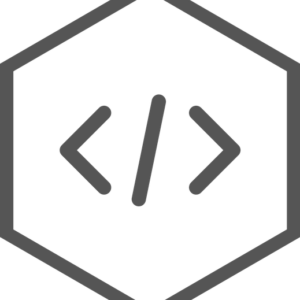Description
Consider the dizzying amount of social media accounts out there, and the people that are liking, disliking, interacting, and relaying their life experiences with their followers. Whether you run an offline or online business, social media can have a big impact, and it’s important to monitor what these consumers are saying about your product or service. This bite-size course is focused on Twitter, and how to monitor consumers using sentiment analysis within the python computer programming system. Complete this course and you’ll be able to teach your computer to extract relevant reactions and emotions on one of the world’s most popular platforms.
Why Invest In This Course?
There are around 3 hours 50 minutes of study material included in this course, which will take you through the theory and practice of sentiment analysis, which can sometimes be known as opinion mining. You’ll look at this form of neuro-linguistic programming in relation to Twitter, and cover the ways you can extract information using the Python programming language. By the end of the course you will be able to design and implement your own sentiment analysis.
This e-learning course is very flexible, and is ideal for anyone wanting to drill down into a specific machine learning technique, or improve their general knowledge in this area through manageable, bite-size courses. There are no entry requirements for this course, and it can benefit a wide range of professionals, whether they work directly with data and machine learning techniques, or need to understand more on the subject.
KEY LEARNING POINTS
Learn about Twitter sentiment analysis using Python, and design and implement your own measurement system.
Learn about how sentiment analysis extracts subject information on Twitter, such as likes and dislikes, positive and negative, and various emotional reactions.
Gain an understanding of the importance of sentiment analysis and study real examples.
Get to grips with various problems and how to apply sentiment analysis to them.
Become familiar with Twitter APIs, and how the set of functions that create apps can access features or data.
Look into Regex or regular expressions, and why this search pattern language is important.
Learn more about word association and how it can capture sentiments or emotions.
Get to grips with sentiment lexicons, and how to use machine learning techniques to teach your computer the words and sentiment within them.
Learn how to identify use-cases for sentiment analysis.
Complete a project where you will design and then implement a sentiment analysis measurement system using Python.
ADVANTAGES OF THIS COURSE
Learn at a time and a place to suit your lifestyle.
Make use of additional material to refresh and further your knowledge.
Benefit from the mix of theory and practical exercises.
Learn from experts with many years’ experience in the field.
Enhance your career prospects with a new skill that can benefit a variety of careers.
A new skill to add to your Python portfolio that will look great on your CV.
A short course that is packed full of value and content.







Anubhav Koul –
Best online instructor I’ve learned from